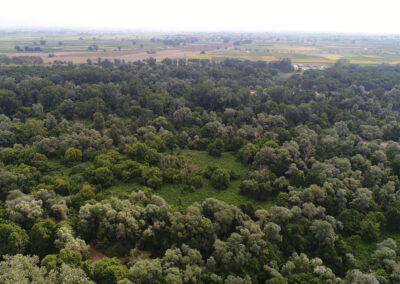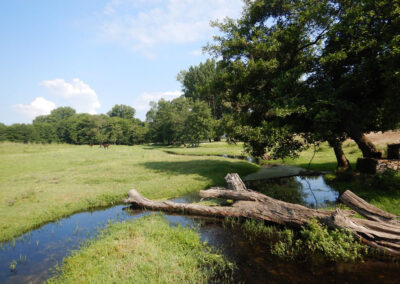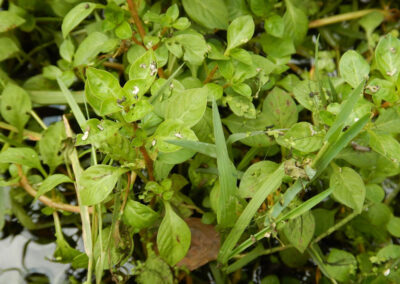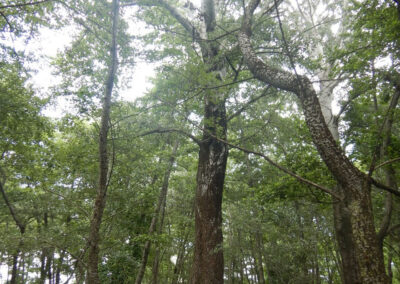project
Objectives
The main objective of the project is to monitor the application, scalability and replication of the Nature Based Solutions (NBS) for restoration of degraded and desertified drylands by using Remote Sensing techniques, a framework and a protocol for:
• identifying dryland characteristics;
• identifying sustainable solutions that could be successfully implemented in degraded drylands, e.g. to improve vegetation cover and productivity in areas vulnerable to ongoing desertification;
• mid- and long-term monitoring of interventions in desertified lands, to better evaluate restoration effectiveness and improve sustainable soil management.


Methodology
The selected six case studies will be characterized in terms of land characteristics and level of soil degradation and desertification by considering all the ground data. The major drivers of desertification will be also identified. This basis information will serve to define a framework (Action A1) that will be used in the following definition of a monitoring model (Action A3), as well as the indicators that will be used for the quantification and mapping of the land degradation and desertification (Action A2). Further, a correlation analysis between desertification indicators and environmental and ecosystem services data from case studies areas will be performed in order to provide a model (ActionA3) for desertification monitoring based on remote sensing indicators, in situ data and ecosystems services assessment. The ecosystem assessment will be applied in case studies areas (Action A4). The effects of in-situ restoration (by comparison of ex ante conditions) will be monitored in mid and long-terms using satellite based indicators and analysis of in situ data. Finally, a protocol for the characterization of desertification processes and for the design, the implementation and the maintenance of NBS will be defined (Action A5), utilising the monitoring framework adopted and the evaluation of the results obtained in case studies.
Actions of the project
technical actions
A1 Setting the frame for desertification and NBSs
A2 Remote sensing indicators of desertification
A3 Monitoring model
A4 Monitoring restoration cases based on NBS
A5 Definition of protocol and best practices
communication actions
B1 Dissemination of the project to different stakeholders
B2 Organisation of events for the local community
B3 Networking with other LIFE and/or non-LIFE projects
B4 Material for communication activities
B5 Website
management actions
C1 Project management
C2 Indicator analysis
C3 Socio-economic impact in local community
C4 After LIFE Plan
Timeline

Events

The LIFE20 PRE/IT/000007 project is funded at a percentage of 60% from the LIFE financial instrument “LIFE Preparatory project – Programme for the Environment and Climate Action” of the European Commission.
The GREEN FUND co-finances the NewLife4Drylands project for 2021, 2022 and 2023 through financing the University of Crete – Natural History Museum of Crete and the Hellenic Society for the Protection of Nature partners with the total amount of €52,000.00.























